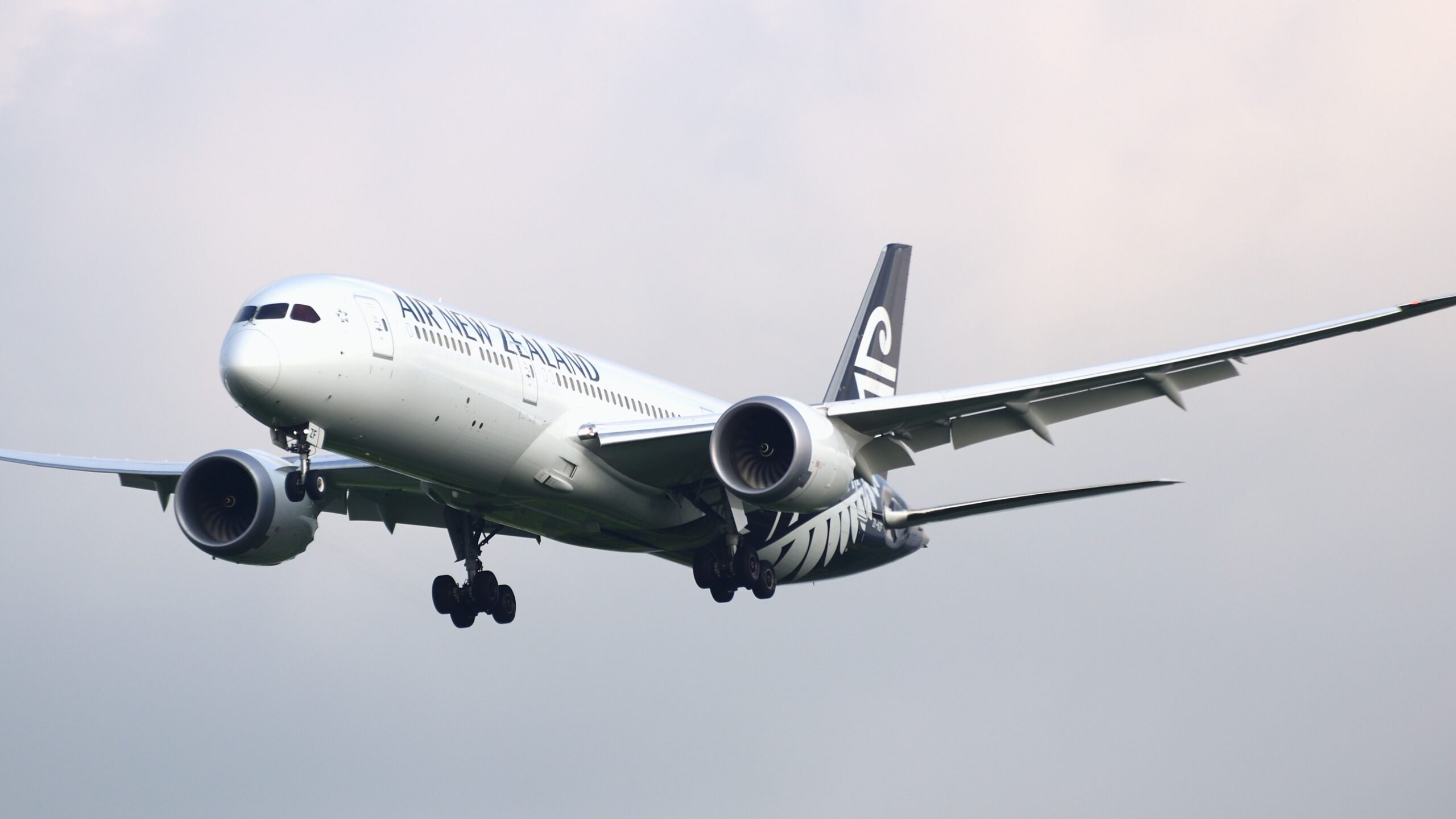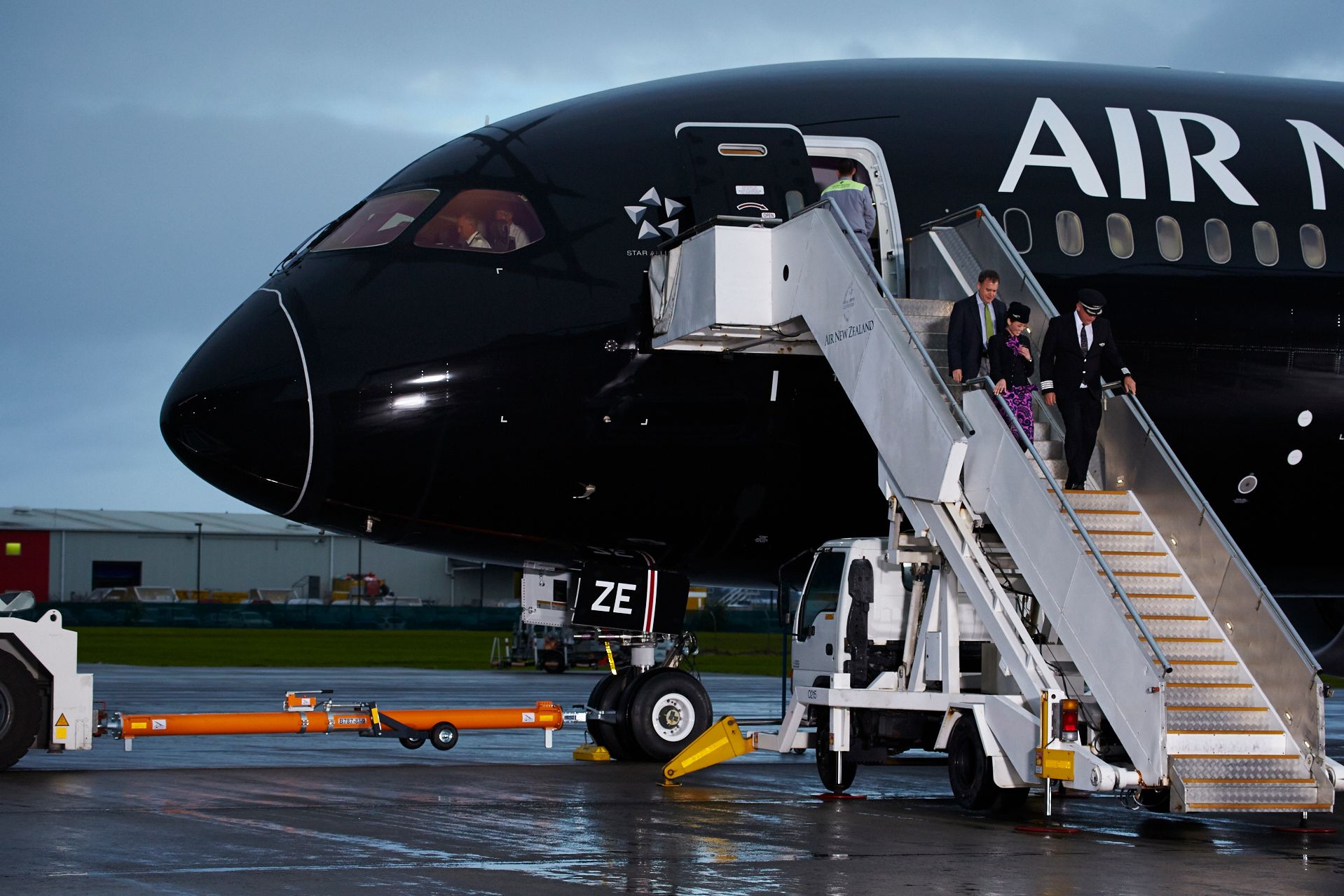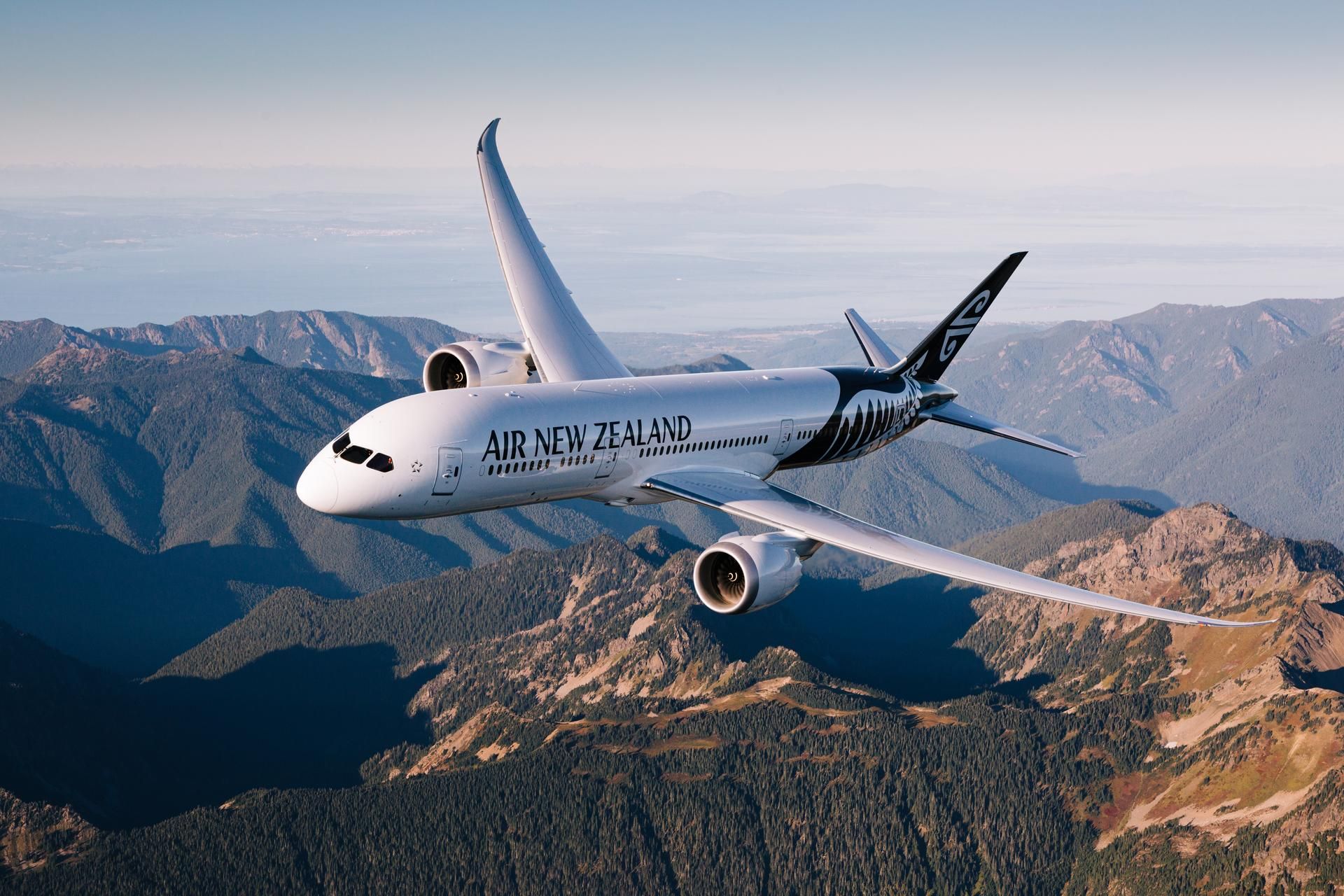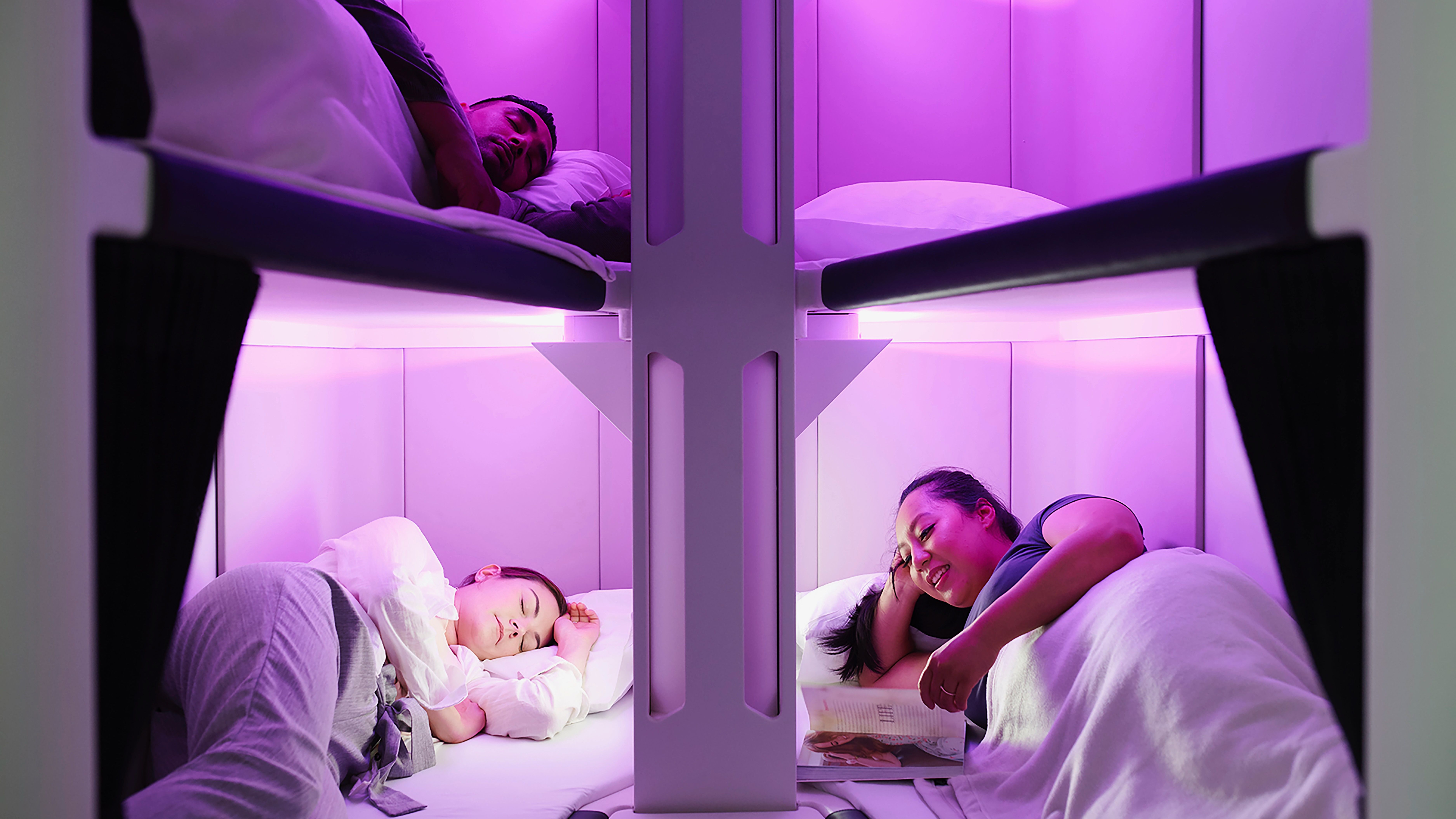Summary
- Air New Zealand celebrates 10 years since being the first to receive the Boeing 787-9, revolutionizing passenger comfort and network expansion.
- Advanced features like dimmable windows, high cabin pressurization, and inflight entertainment set Dreamliners apart for a smoother, restful travel experience.
- Persistent issues with Rolls-Royce engines forced Air New Zealand to suspend flights to Chicago and Seoul, with new 787s to use GE engines.
Being the launch customer for a new aircraft type brings a certain amount of prestige, expectation and excitement to an airline, with maybe even a better price on the deal. It also has its downsides when the technology doesn’t live up to those expectations, as was the case in the years after Air New Zealand launched its first Boeing 787-9 Dreamliner ten years ago to the day.
Happy tenth birthday
Today, the nation’s flag carrier, Air New Zealand is celebrating the tenth anniversary of receiving its first Boeing 787 on July 11, 2014. In 2004, the full-service airline signed on to be Boeing’s global launch customer for the 787-9 Dreamliner, and on this day a decade ago, the first 787-9 flew into Auckland Airport to launch a new era of passenger comfort and more sustainable flying.
Photo: Air New Zealand
The Boeing 787 Dreamliners ushered in a new passenger experience for long-haul and intercontinental flying, ideally suited to the transpacific and Asian routes across the Air New Zealand network. Over the last decade, the airline has carried more than 11 million passengers on 59,000 Dreamliner flights, clocking up a remarkable 475,000 flying hours.
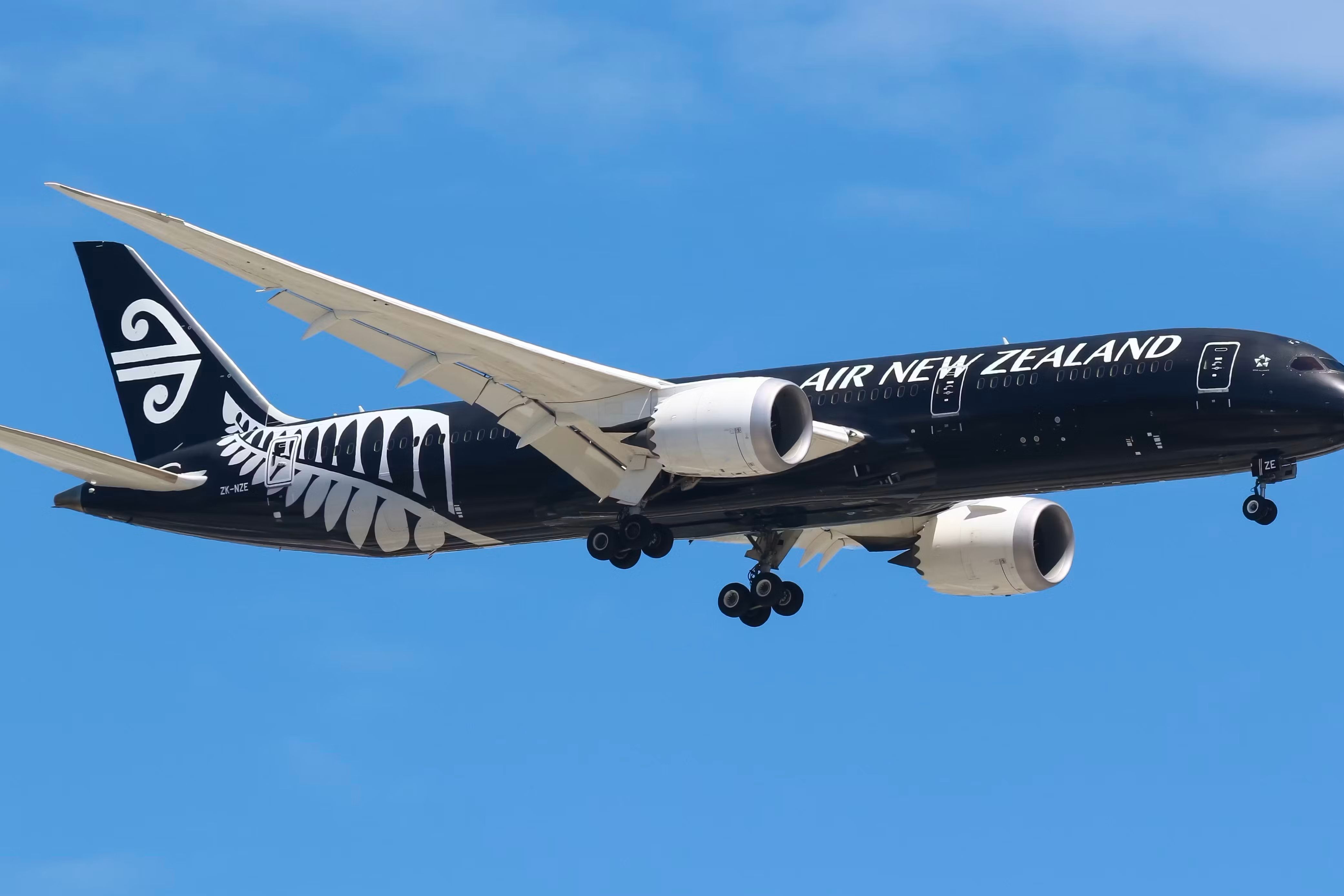
Related
Air New Zealand Launches Global Search For SAF Innovators
In its typically innovative way, Air New Zealand has sent an open invitation to the SAF community to join it on the road to net zero.
Today, Air New Zealand has a fleet of 14 Boeing 787-9s with an average age of just over eight years. It also has eight new Dreamliners on order, although delays at Boeing mean delivery will not start until 2025, and it is in the process of upgrading the existing 787s.
Photo: Air New Zealand
Marking today’s anniversary, Air New Zealand Chief Customer and Sales Officer Leanne Geraghty said the Dreamliner has been a transformative aircraft for the airline, marking a step change in the onboard travel experience. She adds that from day one, customers have been captivated by the aircraft’s features and that the aircraft was designed with the customer comfort experience in mind.
“It introduced the largest electronically dimmable windows of any passenger jet, transformed onboard comfort with the cabin pressurised at 6,000 feet, leaving passengers feeling fresher and better rested when flying on the Dreamliner and featured an onboard turbulence management system for a smoother ride.”
Plenty to look forward to
The Dreamliners also introduced inflight entertainment touchscreen technology for passengers, replacing the corded remote controls. At the same time, the changeable mood lighting in the cabin added to the restful environment on long-haul flights. Air New Zealand will be the first airline to fully retrofit a Dreamliner nose to tail when it upgrades the existing aircraft.
“The Dreamliner was a crucial aircraft in the expansion of our network. Its design and fuel efficiency mean it’s the perfect aircraft for ultra-long-haul travel. Because of the Dreamliner, we were able to expand our network in 2022 to include our flagship route to New York.”
Once completed, the upgraded 787-9s will have brand new cabin interiors, including the redesigned Business Premier cabin, new hard shell Premium Economy seats and updated cabins through the economy space. The eight new Dreamliners will have the latest interior products, as well as the highly anticipated and revolutionary Skynest beds.
Photo: Air New Zealand
While the 787 was an instant success for Air New Zealand, the airline has been badly let down by entry into service and ongoing durability issues with the Rolls-Royce Trent 1000 engines. The problems surfaced as far back as 2017 when premature blade wear extended to around 500 engines across the global fleet, leaving many airlines with grounded 787s.
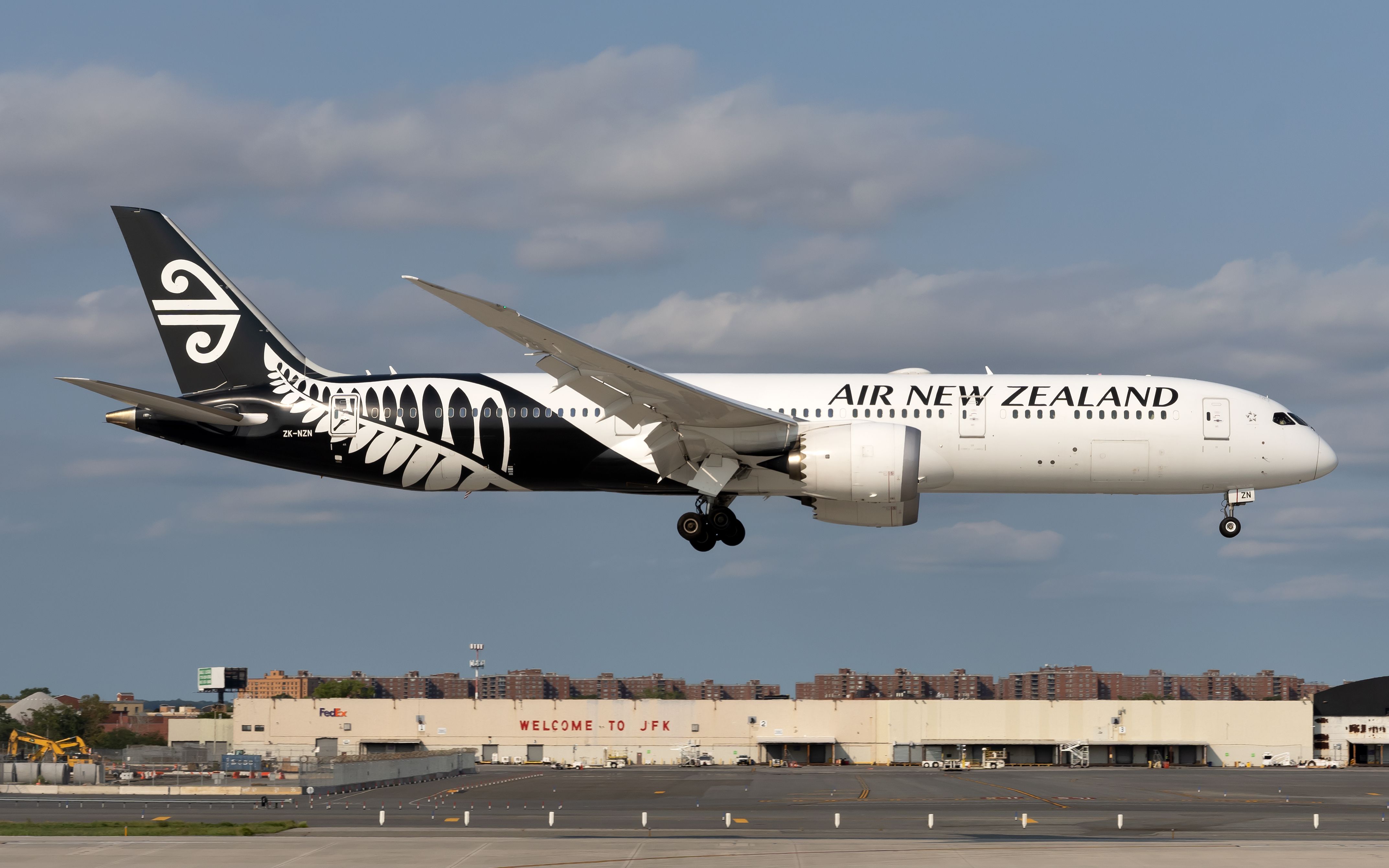
Related
Why Air New Zealand Is Suspending Boeing 787 Flights To Chicago
Three aircraft need heavy maintenance on the engines.
While many changes and fixes have been implemented to ensure the engines stay on the wing longer, as recently as March this year, Air New Zealand flagged ongoing challenges with the Trent 1000 engines. The increased maintenance and lack of available spare parts resulted in the airline suspending its services to Chicago and Seoul, impacting both its customers and profit expectations for 2024.
Perhaps the clearest sign of how Air New Zealand feels about the Trent engines is its switch to General Electric GEnx-1B engines for the eight aircraft due to start arriving in 2025. Air New Zealand has battled through these engine setbacks, and the arrival of the new 787s will put those issues behind it, with the launch of the Skynest product putting the Dreamliner back in the news for all the right reasons.

